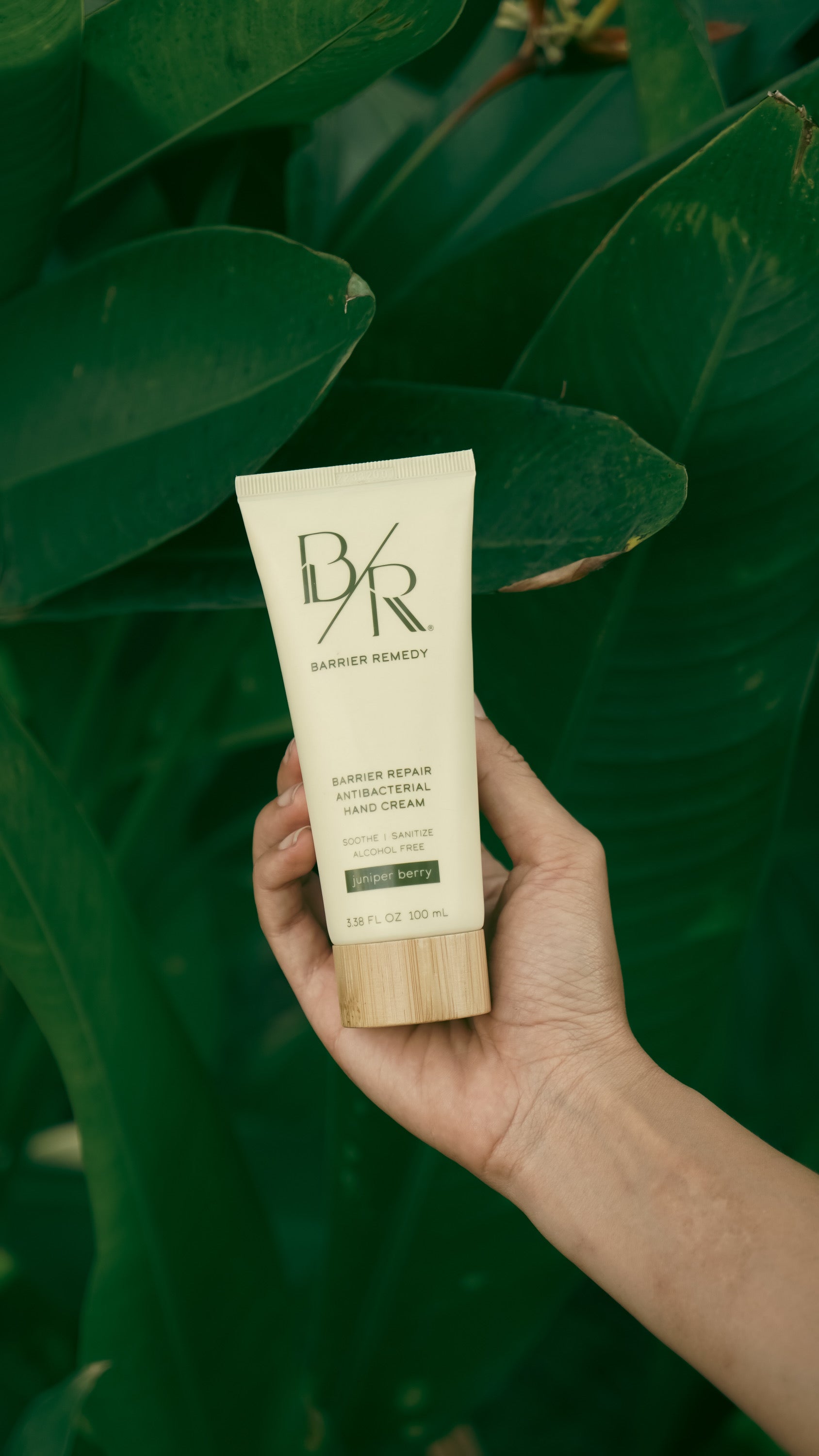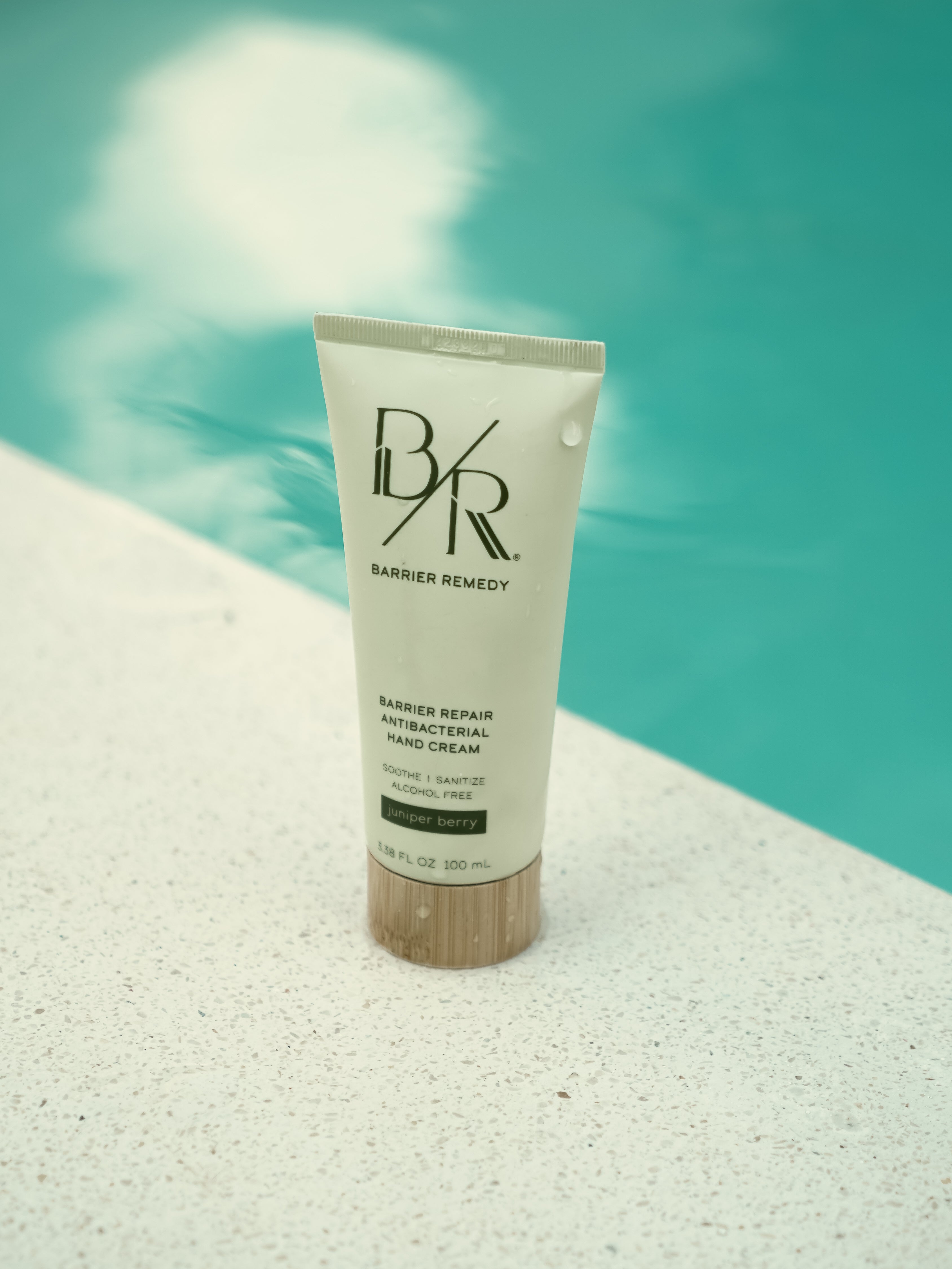Tips for Using Antibacterial Hand Creams Safetly

Antibacterial hand creams have become an essential part of our daily hygiene routine, providing a convenient way to keep our hands clean and moisturized. However, like any product, using antibacterial hand creams requires attention to safety to ensure you get the best results without any adverse effects. In this blog post, we'll explore important tips for using antibacterial hand creams safely, ensuring your hands stay germ-free and healthy.
1. Read the Label: Before using any hand cream, carefully read the label and ingredient list. Look for creams that contain effective antibacterial agents like benzalkonium chloride. Additionally, check for allergens or ingredients that you might be sensitive to, especially if you have allergies or skin conditions.
2. Follow Usage Guidelines: Each hand cream may have specific usage guidelines. Some creams require a small amount for effective germ protection, while others might need a bit more. Follow the recommended amount mentioned on the packaging to ensure you're using the product optimally.
3. Prioritize Clean Hands: Antibacterial hand creams are most effective when used on clean hands. Before applying the cream, wash your hands thoroughly with soap and water to remove dirt, grime, and any potential pathogens. This ensures the cream can work its magic without interference.
4. Apply Generously but Not Excessively: While it's important to use enough hand cream to cover your hands, avoid applying excessive amounts. A little goes a long way. Overusing the cream can make your hands feel greasy and might even reduce its effectiveness in killing germs.
5. Avoid Contact with Eyes and Mouth: Antibacterial hand creams are designed for external use only. Avoid touching your eyes, nose, or mouth immediately after applying the cream to prevent accidental ingestion or eye irritation.
6. Choose the Right Time: Apply the antibacterial hand cream when you're not immediately planning to touch objects or surfaces. This allows the cream some time to absorb and provide germ protection before potential contact with contaminants.
7. Pair with Moisturizing Hand Cream: If your antibacterial hand cream doesn't already contain moisturizing ingredients, consider applying a moisturizing hand cream afterward. Frequent use of antibacterial products can sometimes lead to dryness. Using a separate moisturizer helps keep your hands soft and hydrated.
8. Test on a Small Area: If you have sensitive skin or a history of allergies, consider testing the hand cream on a small patch of skin before widespread use. This can help you determine if the cream causes any adverse reactions.
9. Use Reputable Brands: Choose hand creams from reputable brands that have undergone testing and quality control. This reduces the risk of using products that might not deliver the promised results or could contain harmful ingredients.
10. Store Properly: Store your antibacterial hand cream in a cool, dry place away from direct sunlight. Extreme temperatures can affect the consistency and effectiveness of the product.
Using antibacterial hand creams safely is essential to ensure effective germ protection without compromising your skin's health. By following these tips, you can make the most of your hand cream while maintaining clean and moisturized hands, whether you're at home, at work, or on the go. Remember, a balanced approach to hygiene and safety leads to the best results.



